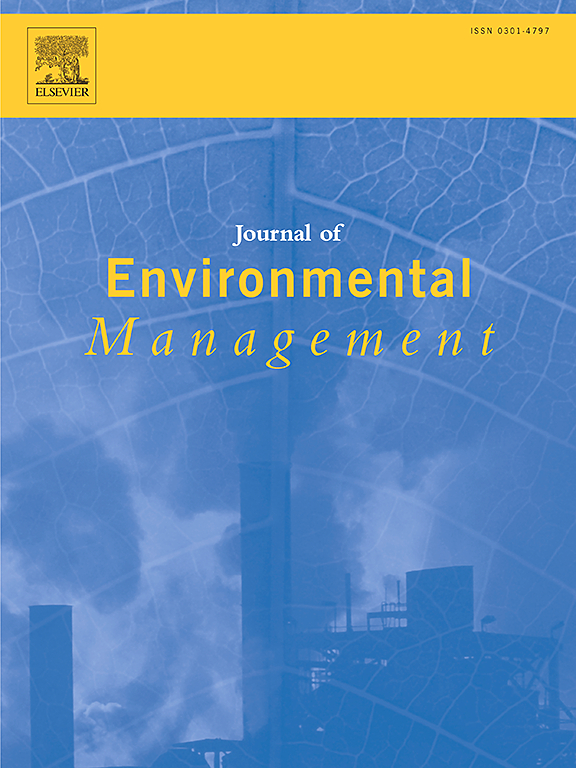Achieving China's CO2 reduction targets: Insights from a hybrid PPA-PPR forecasting model
IF 8
2区 环境科学与生态学
Q1 ENVIRONMENTAL SCIENCES
引用次数: 0
Abstract
China is the largest carbon dioxide (CO2) emitter and has formulated CO2 emission peak and carbon-neutral plans. Studies on CO2 emission volume and CO2 emission intensity (CEI) indicate a growing interest in related fields. The purpose of this research is to improve the performance and reliability of the model for forecasting CO2 emissions and judging whether to achieve China's CO2 reduction targets under business-as-usual scenarios. We originally applied a novel hybrid model combining the projection pursuit regression (PPR) model and parasitism-predation optimization algorithm (PPA) (PPA-PPR) to forecast the CO2 emissions from 2022 to 2035, with the time series' CO2 emissions data from 1965 to 2017 and compare with various machine learnings. From the studied results, we can conclude that the hybrid PPA-PPR has better stability and accuracy than BPNN, RF, SVM, GM, TDGM, and LSTM models. The mean absolute percentage error (MAPE) of the verification set data is only 1.19%, and the MAPE of forecasting set data from 2018 to 2021 is 1.44, which obviously outperforms the BPNN, RF, SVM, GM, TDGM, and LSTM models. The second finding is that if China continues to develop in its present trend, it can't implement the CO2 emission peak and reduction CEI target by over 65% by 2030. The limitation of this research is that we don't decompose the time series data into intrinsic modes to study the possibility of improving the model performances.
实现中国的二氧化碳减排目标:PPA-PPR 混合预测模型的启示。
中国是最大的二氧化碳(CO2)排放国,并已制定了二氧化碳排放峰值和碳中和计划。对二氧化碳排放量和二氧化碳排放强度(CEI)的研究表明,相关领域的研究兴趣日益浓厚。本研究的目的是提高模型的性能和可靠性,以预测二氧化碳排放量,并判断在 "一切照旧 "情景下是否能实现中国的二氧化碳减排目标。我们利用 1965 年至 2017 年的时间序列二氧化碳排放数据,结合投影追求回归(PPR)模型和寄生-捕食优化算法(PPA)(PPA-PPR),应用新型混合模型预测了 2022 年至 2035 年的二氧化碳排放量,并与各种机器学习方法进行了比较。从研究结果来看,混合 PPA-PPR 的稳定性和准确性优于 BPNN、RF、SVM、GM、TDGM 和 LSTM 模型。验证集数据的平均绝对百分比误差(MAPE)仅为 1.19%,2018 年至 2021 年预测集数据的 MAPE 为 1.44,明显优于 BPNN、RF、SVM、GM、TDGM 和 LSTM 模型。第二个发现是,如果中国继续按照目前的趋势发展,到 2030 年将无法实现二氧化碳排放峰值和 CEI 减排 65% 以上的目标。本研究的局限性在于,我们没有将时间序列数据分解为内在模式来研究改进模型性能的可能性。
本文章由计算机程序翻译,如有差异,请以英文原文为准。
求助全文
约1分钟内获得全文
求助全文
来源期刊

Journal of Environmental Management
环境科学-环境科学
CiteScore
13.70
自引率
5.70%
发文量
2477
审稿时长
84 days
期刊介绍:
The Journal of Environmental Management is a journal for the publication of peer reviewed, original research for all aspects of management and the managed use of the environment, both natural and man-made.Critical review articles are also welcome; submission of these is strongly encouraged.
 求助内容:
求助内容: 应助结果提醒方式:
应助结果提醒方式:


